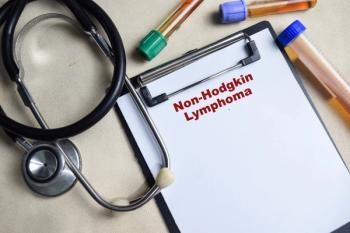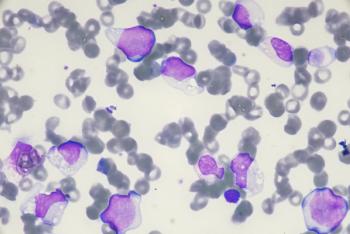
Asian-American women need better targeted breast cancer therapy
A new study provides new insights into the epidemiology of breast cancer among the most prominent Asian-American ethnic groups in California.
Breast cancer incidence rates have risen steadily in the past 15 years among California Asian Americans in contrast to other U.S. racial/ethnic groups, with the greatest increases in Koreans, South Asians, and Southeast Asians according to a
To better understand the possible contributors to this increase, researchers at the Cancer Prevention Institute of California (CPIC) in Fremont examined cancer incidence trends by age and stage among women from seven Asian-American ethnic groups in California from 1988 through 2013. Researchers used data from the population-based California Cancer Registry in a state that is both the largest in the U.S. and has the most substantial population of Asian Americans. Comparison data were drawn for whites. From 1988 to 2013, researchers identified 45,721 invasive breast cancer cases among Asian Americans.
Documenting breast cancer incidence trends among distinct Asian-American populations has the potential to help researchers understand the observed overall increases, to better target prevention and screening efforts, and to guide further research into subtype-specific risk factors, the study concludes.
Although prior research has examined subtype-specific incidence patterns among Asians/Pacific Islanders as a whole, this is the first examination of subtype-specific incidence patterns among Asian-American ethnicities and the variation among Asian-American ethnic groups.
Asian Americans includes populations from nearly 30 countries with differing migration patterns, socioeconomic status, health behaviors and culture, all of which contribute to differences in disease incidence. In this study, the seven major ethnicities evaluated were Chinese, Japanese, Korean, Filipino, Vietnamese, South Asians (Asian Indians and Pakistanis), and Southeast Asians (Cambodians, Laotians, Hmong, Thai).
All Asian-American groups, with the exception of Japanese, experienced an overall incidence increase. The largest increase was observed among Koreans, South Asians and Southeast Asians. Rates increased for distant stage disease among Filipinas.
Among women over aged 50 years, increases occurred in all Asian-American ethnic groups. For women younger than age 50 years, large increases occurred for Vietnamese and other Southeast Asian groups. Although breast cancer incidence rates in Asian-American women as a whole were lower than rates for whites, the rates for Japanese and Filipinas under age 50 years were comparable to rates for similarly aged white women.
Breast cancer incidence also varies by disease subtype defined by tumor expression of hormone receptors and human epidermal growth factor receptor 2 (HER2). Within California, proportionally more breast cancers expressed HER2 in Korean, Filipino, Vietnamese and Chinese women than in white women.
Gomez
“These patterns warrant additional attention to public health prioritization to target disparities in access to care, such as informing the Asian-American community and healthcare providers about these increasing trends,” says lead author, Scarlett Lin Gomez. “It will also be important to conduct further research within the Asian-American community to uncover the risk factors for the different subtypes of breast cancer.”
Increasing trends of late-stage disease, particularly among Filipino, Korean and South Asian women, suggest a need for higher rates of mammography screening in these populations. Mammography utilization rates in California are slightly lower in Asian-American women than in other racial/ethnic groups and among Asian Americans, Korean and South Asian women have the lowest mammography utilization, consistent with their higher rates of later-stage disease.
The disproportionately high rates of some HER2-overexpressing subtypes also require better understanding, as this subtype tends to grow more quickly, spread more aggressively, and present more often as high-grade disease than the more common hormone receptors or HER2-negative tumors.
Newsletter
Get the latest industry news, event updates, and more from Managed healthcare Executive.





















































